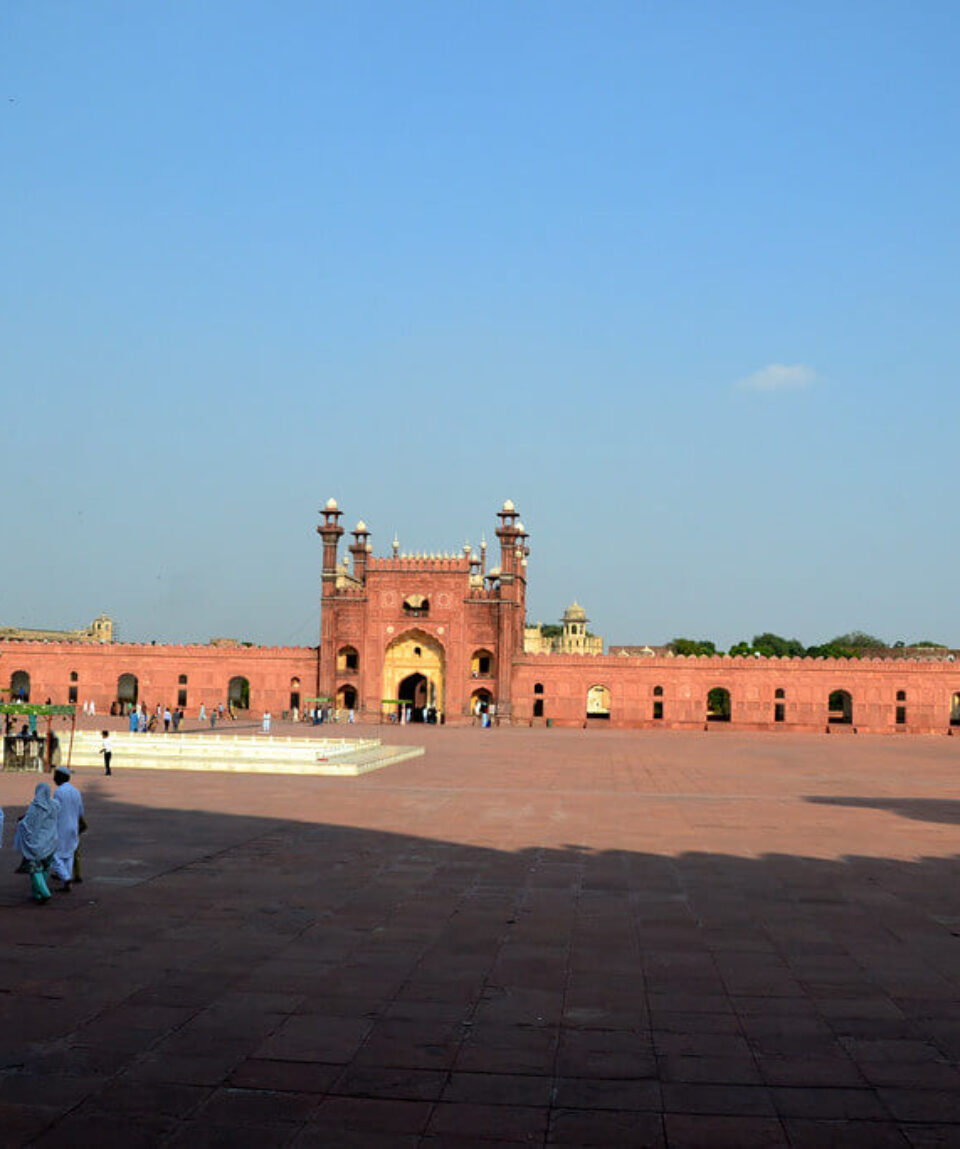Indus Valley Civilization
fromThe Indus Valley Civilization was an ancient urban civilization notable for well-planned towns like Harappa and Mohenjo-Daro, extensive infrastructure, and a mysterious script.
-
Reviews 0 Reviews0/5
-
Vacation Style Holiday TypeFamily, Guided, History, Tours & Sightseeing, UNESCO Sites
-
Activity Level Fairly Easy
-
Group Size Medium Group
Indus Valley Civilization: One of history’s most fascinating and mysterious civilizations, the Indus Valley Civilization, thrived in what is now eastern Pakistan and northwest India. This ancient civilization, which was tucked away amid the Indus River’s rich floodplain and its environs, has forever altered the course of human history. It is a journey that takes us back to the beginning of civilization and gives us a look at the amazing accomplishments and persistent mysteries of an earlier time.
Around 5500 BCE, there is evidence of the earliest religious practices in the area, which marks the beginning of the Indus Valley Civilization. The first moves towards agricultural communities, however, were not made until farming towns began to take hold at approximately 4000 BCE. But what really sets this civilization apart is the beginning of urbanization, which began approximately 3000 BCE and marked the beginning of cities.
Numerous villages and cities had developed by 2600 BCE, and the Indus Valley Civilization had reached its height. Mohenjo-Daro, located along the lower Indus River, and Harappa, located farther upstream, are two of the most notable archaeological sites. These cities are distinguished by highly developed drainage systems, highly developed urban design, and a high degree of social organization. Surprisingly, despite its urbanization, the civilization lacked a centralized governmental authority, which raised questions about its political system among academics.
There have been a number of noticeable changes that have occurred since civilization began to fall around 1800 BCE. Writing, long a vital part of the culture, started to disappear. For commercial and tax purposes, standardized weights and measurements lost favor. Certain cities were eventually abandoned as the connection to the Near East was broken.
Scholars continue to speculate on the causes of this drop. It is commonly accepted that a key factor in this process was the Saraswati River drying up, which began approximately 1900 BCE. The collapse of this ancient civilization was probably influenced by environmental causes, shifting trade patterns, and changes in socioeconomic dynamics.
Mehargarh, Harrapa, Mohenjo Daro, the Gandhara and Buddhist ages, the Islamic and Mughal eras, and the British Raj are only a few of the diverse eras and influences that have shaped Pakistan’s history. Despite this, the Indus Valley Civilization is still a fascinating mystery, in large part due to the fact that its language has not been fully understood. The legacy of this extinct civilization continues to fascinate archaeologists, historians, and inquisitive minds alike with its incredible accomplishments and unanswered questions, providing a tantalising window into the distant past of human civilization.
-
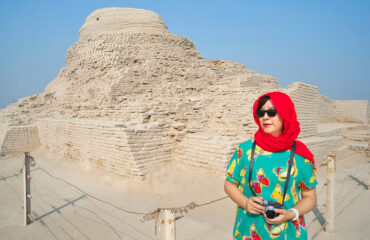 indus valley civilization
indus valley civilization
indus valley civilization
indus valley civilization
-
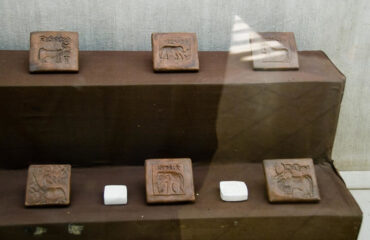 indus valley civilization
indus valley civilization
indus valley civilization
indus valley civilization
-
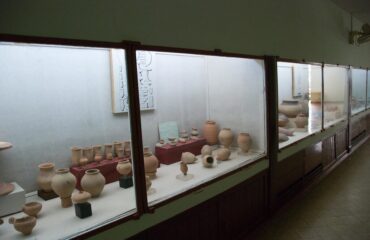 indus valley civilization
indus valley civilization
indus valley civilization
indus valley civilization
-
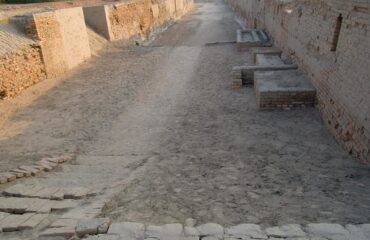 indus valley civilization
indus valley civilization
indus valley civilization
indus valley civilization
-
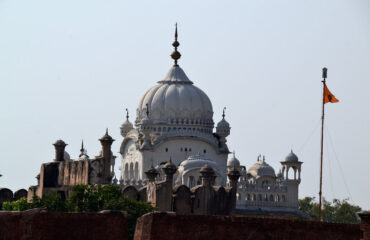 indus valley civilization
indus valley civilization
indus valley civilization
indus valley civilization
-
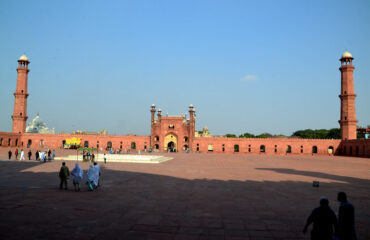 indus valley civilization
indus valley civilization
indus valley civilization
indus valley civilization
-
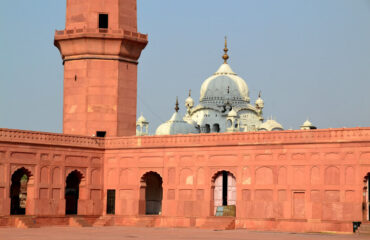 indus valley civilization
indus valley civilization
indus valley civilization
indus valley civilization
-
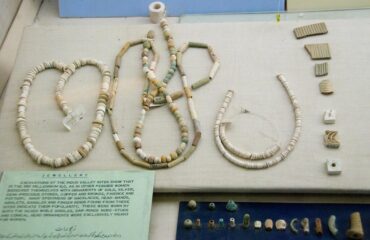 indus valley civilization
indus valley civilization
indus valley civilization
indus valley civilization
-
 indus valley civilization
indus valley civilization
indus valley civilization
indus valley civilization
| Package Confirmed Dates | Trip Status Trip Status | Price (PP) Excluding Flights | Price (PP) Including Flights | |
|---|---|---|---|---|
|
June 12, 2025 - June 21, 2025
|
Guaranteed
|
$1,200
|
N/A
|


